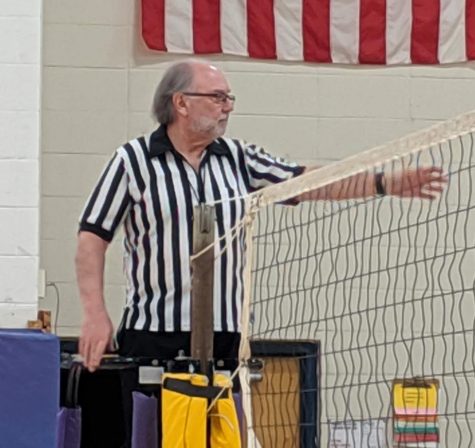APRIL FOOLS: How to Eat in Class
Every other day I am left without a lunch period. No designated time to feed myself and nourish my growing body and brain. It’s almost as if my hunger for knowledge outweighs my hunger for lunch. But I get hungry nonetheless!
This is when I reach my dilemma. In some of my classes I am free to stuff my face, but in others I can’t even crunch quietly on my trail mix. Then in other classes I can eat but I have to eat quietly and without distraction, so say goodbye to your granola bars with crinkly wrappers or potato chips!
The variety of rules surrounding the topic of food in the classroom is maddening and very difficult to keep track of. For this reason, I recommend that the administration introduce liquid nutrition as the newest form of consumption in classrooms.
Before I continue, you may be thinking: Why in the world is she complaining about this ridiculous problem? Why does she care about eating in class when she can wait to eat in between periods or just go eat in the bathroom?
Well, I’ll tell you. Proper nutrition and eating habits are absolutely necessary for student performance in school. According to Sibylle Kranz, an associate professor of education at the University of Virginia and a certified child nutrition epidemiologist, us children have smaller stomachs than adults and are growing rapidly. We need to be able to “whip out something to eat in the middle of [our] lessons as needed” meaning that we require nutrient dense meals and snacks throughout the day. I can’t rush out of class every time I get a little bit peckish.
So I return to my idea. It’s really quite simple. If a student starts getting hungry in class, they can simply grab a bag of carbohydrates, fats, minerals, vitamins and protein all in liquid form and bring it on over to their desk. From there, they simply insert a needle attached to the bag, into one of their large veins and voila their “eating”. This solution is virtually flawless.
When teachers object to eating food in class, the reasons they usually cite are the possible mess, the visual distraction, sound (such as crinkling or eating noises) or the possibility of waste or garbage to deal with afterwards. The intravenous feeding mechanism solves all of these concerns.
Possible mess? Absolutely not! The bags are hospital grade and sealed to avoid anything getting in and absolutely nothing spilling out. And the solution is liquid! No need for brooms because there are no crumbs to deal with here.
Distraction? Shut the front door! There’s really nothing to see here. Though at first this system may be unfamiliar to students, it will quickly become normalized and getting up to grab some IV solution will be as standard as getting up to blow your nose.
As for sound, there are no noisy wrappers on site, just a bunch of bags, tubes and needles.
As for garbage to deal with afterwards, students will simply dispose of the used materials in special disposal bins called ‘medical waste baskets’ that can be found in each classroom.
Now you may be thinking: Well this is great, this is the perfect solution, but will I have to pay for what seems like the perfect classroom snack?
The answer is not at all. The Intravenous feeding solutions will be paid for with the school’s budget. Of course this will require some cutting back on other programs, but in reality do kids really need computers?
Look forward to a healthier and happier school day with this nutrient solution, the best solution!

